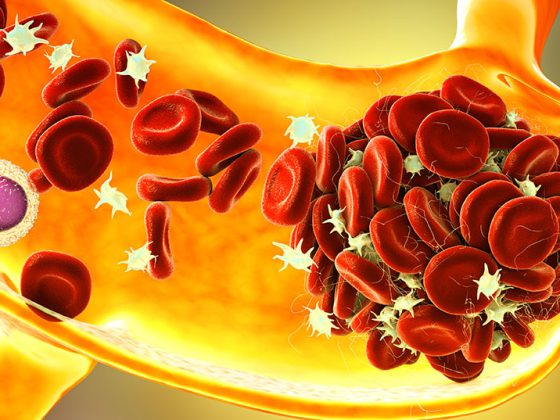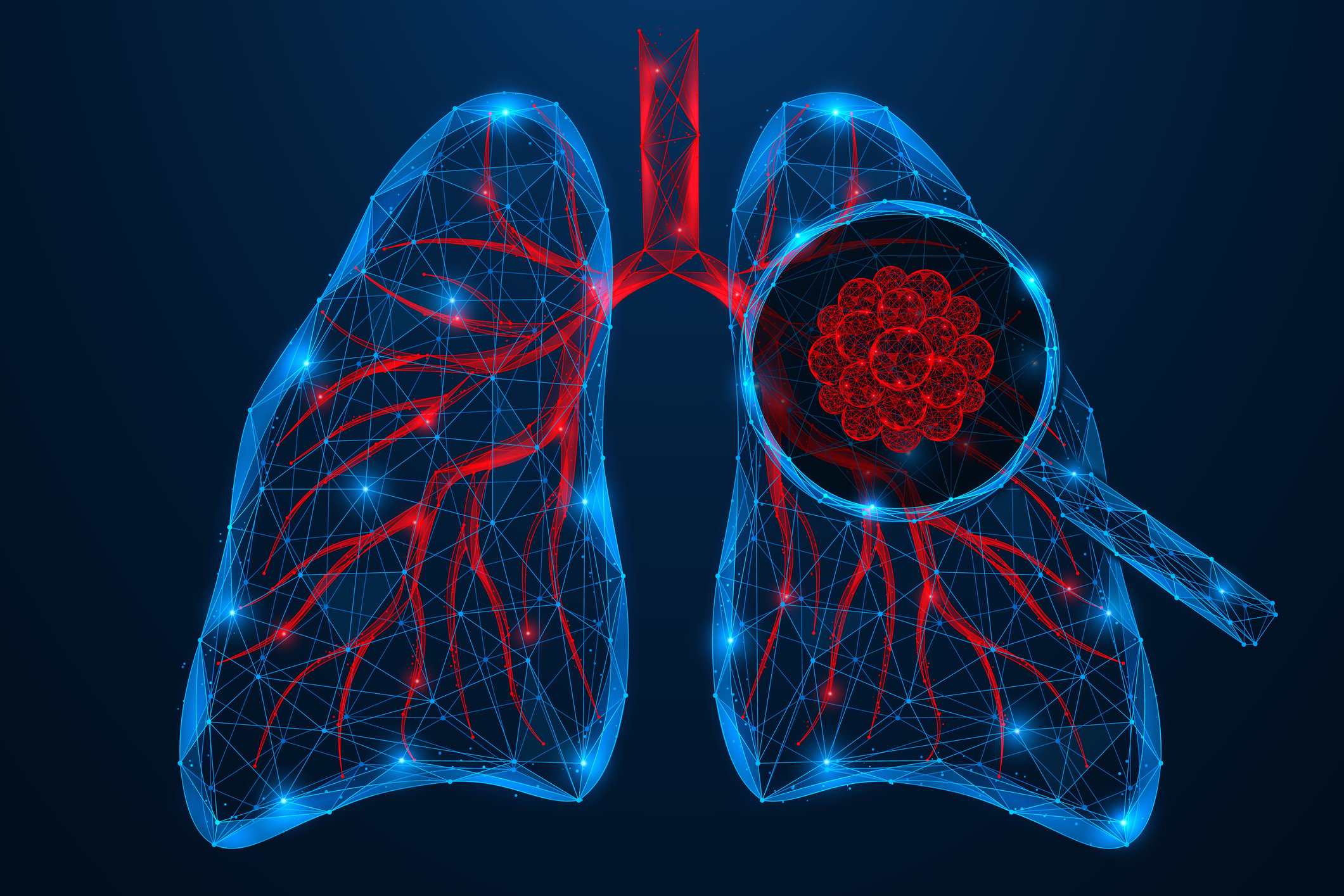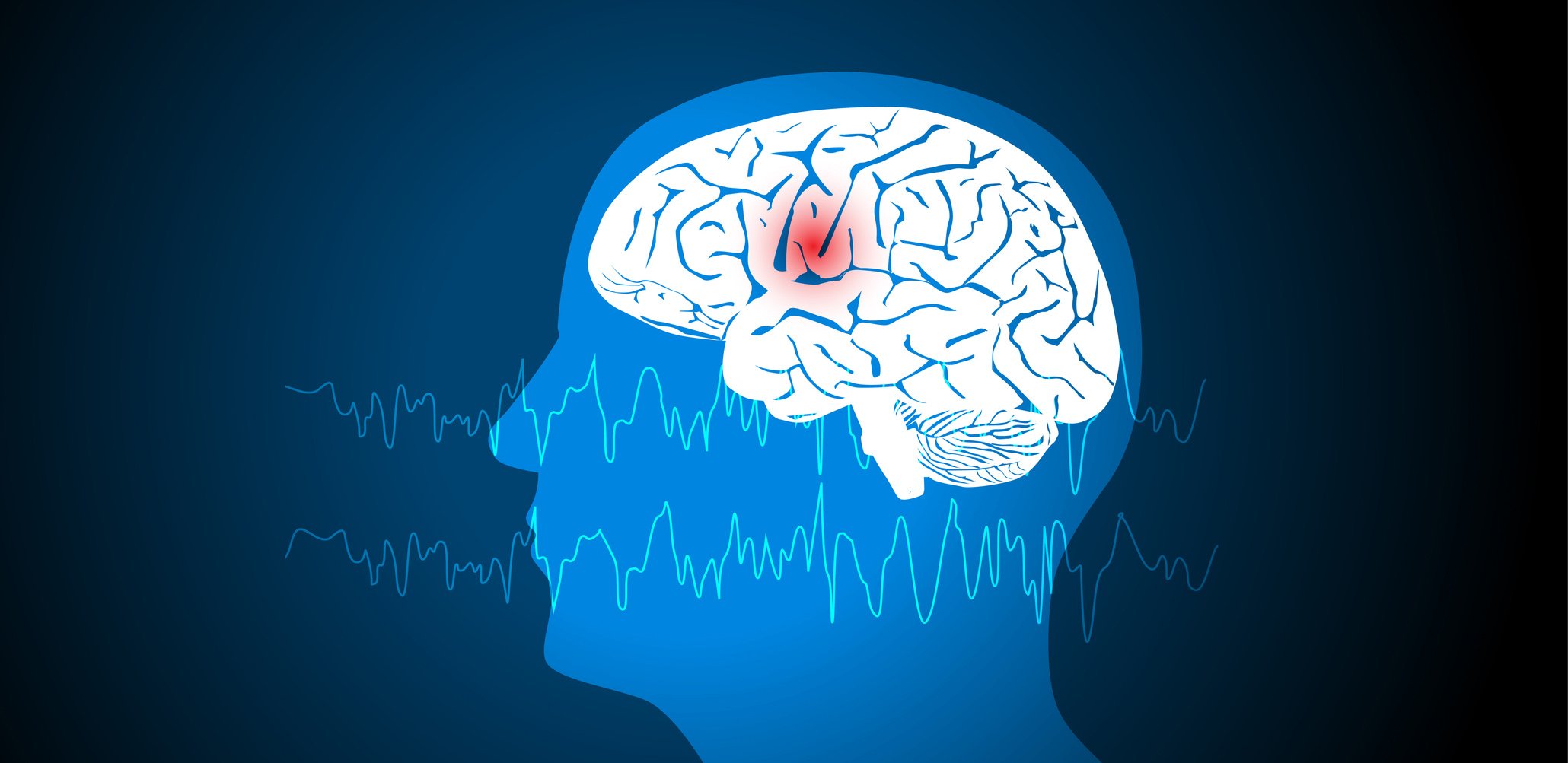Achalasia is a neurogenic motility disorder of the esophagus, characterized by decreased esophageal peristalsis and decreased relaxation of the lower esophageal sphincter during the swallowing act. Symptoms include slowly developing dysphagia. A careful history should be taken in affected patients. For further diagnostic clarification, endoscopic methods as well as various other imaging procedures ranging from esophageal breakthrough to computed tomography and manometry are available.
Achalasia is a rare chronic disease of the esophagus. Symptomatology is characterized by discomfort during swallowing, regurgitation of undigested food pulp from the esophagus, pain behind the breastbone, weight loss, and bad breath. Without therapy, achalasia can cause serious complications [1]. The obstruction of the food passage is caused by the weakening of the peristalsis of the esophagus, which is also no longer precisely coordinated with the relaxation of the lower sphincter. On the other hand, the sphincter muscle is permanently tense and can no longer dilate sufficiently.
As a result, the food pulp is no longer transported normally through the esophagus due to impaired peristalsis. It backs up in front of the permanently strained lower esophageal sphincter, causing the typical achalasia symptoms. In particular, difficulties in swallowing solid food and regurgitation of undigested esophageal debris from the esophagus into the oropharynx determine the clinical picture. The course is chronically progressive, weight loss and reduction of physical performance as well as psychological problems then occur. Contrary to reflux disease, heartburn is not a symptom of achalasia, but frequent nocturnal aspiration of food while lying down with coughing attacks and pneumonia is [2].
Achalasia is a rare disorder with an incidence of one per 100,000 people. People between the ages of 30 and 50 are primarily affected. Rarely, children, adolescents or elderly people also fall ill. In childhood achalasia, a genetic cause such as so-called triple A syndrome or trisomy 21 is often responsible. The incidence is 0.11/100,000 [3].
A distinction is made between the primary and secondary forms. While no clear causes can be identified for primary achalasia and the origin is unclear to date, the secondary form is considered to be the result of other diseases. Table 1 provides an overview of this type of dysphagia.

For the diagnosis of achalasia, the exact collection of the medical history is already indicative. In overview 1 corresponding questions are listed.
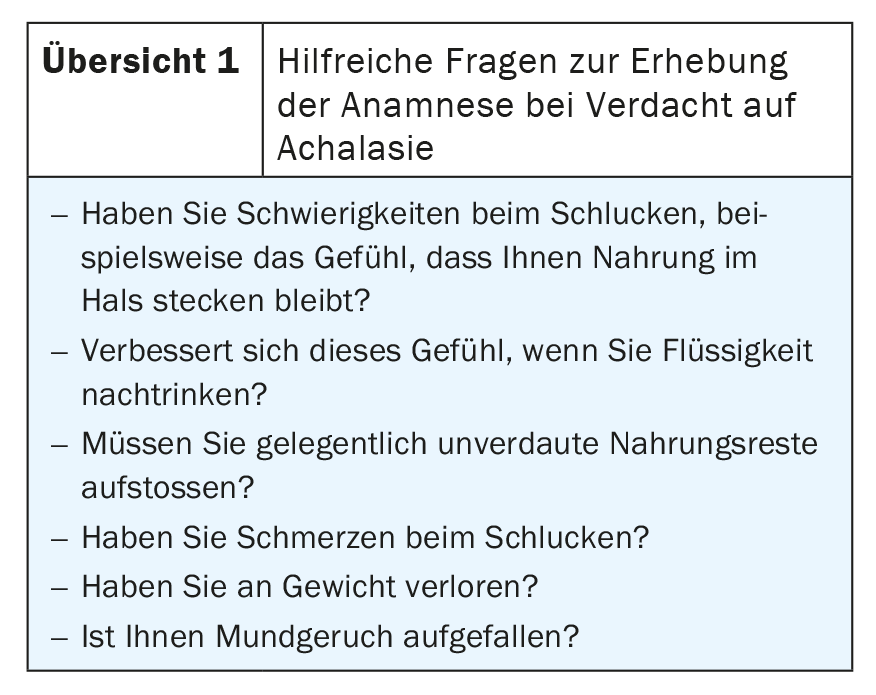
Diagnostics include endoscopic methods, imaging techniques such as esophageal breakthrough swallow, computed tomography, and functional assessment with manometry [4], which can be used to distinguish three subtypes of achalasia.
The goal of therapy is to remove the obstruction in the gastroesophageal junction [5] with several invasive options: Balloon dilatation, peroral endoscopic dilatation, or laparoscopic Heller myotomy with fundoplication. The short-term success rate is 70-90%, the long-term effect is 50-65% after about 15 years [6].
Radiographs may already lead to a tentative diagnosis if there is appropriate dilatation of the esophagus with images of the thorax in two planes, especially if the mediastinal widening also has air-containing formations or secretion levels.
Computed tomographic examinations reliably demonstrate dilated esophagus and esophagus containing food in the course. The exact extent of distension can be determined with certainty, and in the 2D reconstructions, the craniocaudal extent can also be determined.
Magnetic resonance imaging is less informative, the possible irritation of pulmonary structures less clear, and pulsation artifacts of the aorta and heart may limit assessability.
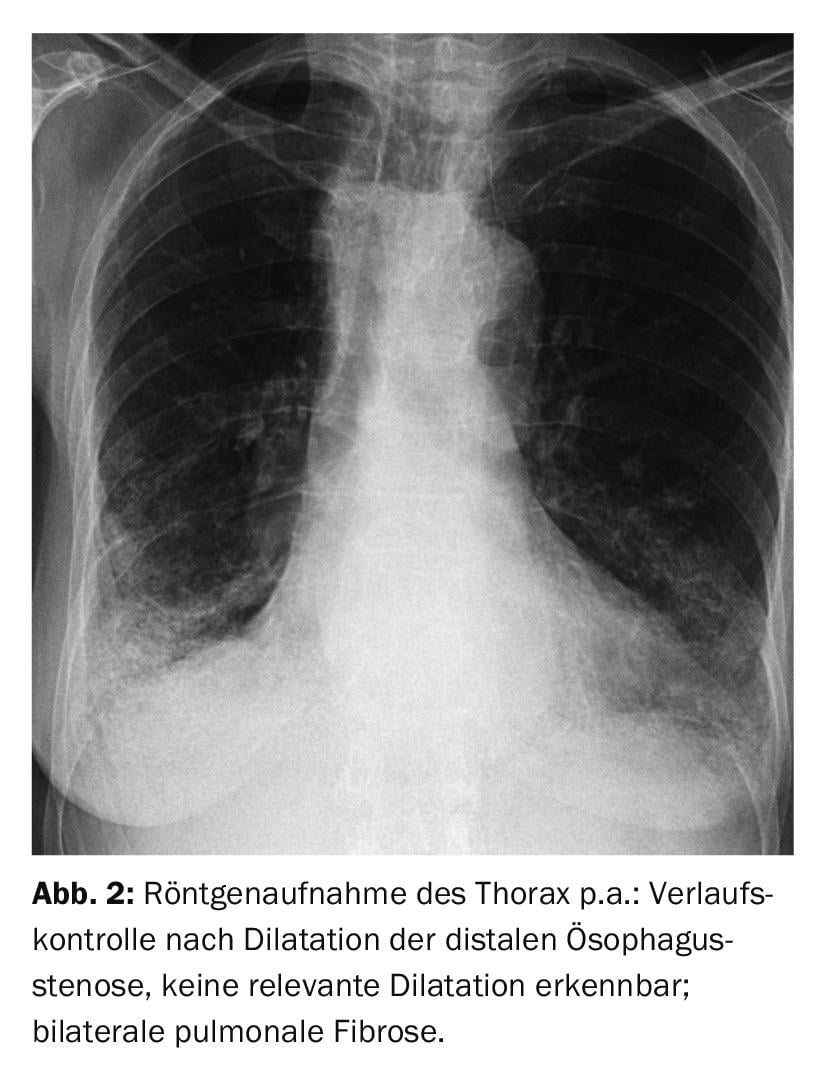
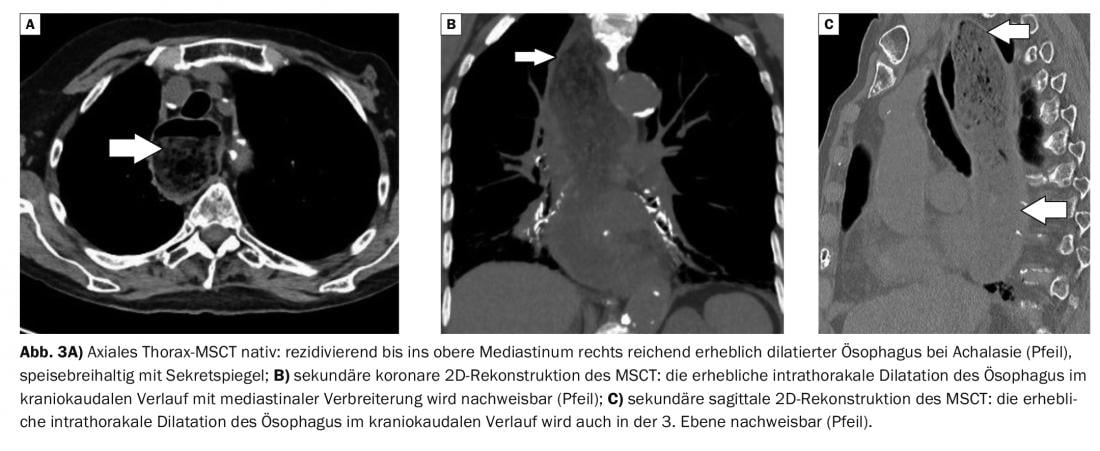
Case study
In the case report, achalasia is documented over several years of progression in a patient who was 65 years old at the time of initial imaging diagnosis. There was chronic thoracic pressure sensation, dysphagia, and halitosis. Concomitant systemic scleroderma, essential thrombocythemia, and a post-mammary carcinoma condition were present. Achalasia had been demonstrated on a chest CT in 2008, as had bilateral pulmonary fibrosis and alveolitis (Fig. 1A to C). Distal stenosis of the esophagus at the junction with the stomach could be delineated. After intermediate dilatation of the stenosis, no significant dilation or mediastinal widening was detectable on radiographic chest inspection (Fig. 2) . A chest CT in 2021 again showed marked recurrence of esophageal dilatation into the upper mediastinum (Fig. 3A to C).
Take-Home Messages
- Achalasia is a rare chronic disease of the esophagus.
- Symptomatology is characterized by discomfort during swallowing, regurgitation of undigested food pulp from the esophagus, pain behind the breastbone, weight loss, and bad breath.
- The course is chronic-progressive, weight loss and reduction of physical performance as well as psychological problems then occur.
- People between the ages of 30 and 50 are primarily affected. Rarely, children, adolescents or elderly people also fall ill.
- For the diagnosis of achalasia, the exact collection of the medical history is already indicative, imaging and functional examinations complete the procedure.
Literature:
- Black J: Achalasia. www.netdoktor.de (last call 03/14/2022)
- Schlottmann F, et al: Esophageal achalasia: Pathophysiology, Clinical Presentation, and Diagnostic Evaluation. Am Surg 2018; 84(4): 467-472.
- Vaezi MF, et al: ACG Clinical Guidelines: Diagnosis and Management of Achalasia. Am J Gastroenterol 2020; 115(9): 1393-1411.
- Waltz N, Hirano I: Achalasia. Gastroenterol Clin North Am 2008; 37(4): 807-825.
- Schlottmann F, Patti MG: Esophageal achalasia: current diagnosis and treatment. Expert Rev Gastroenterol Hepatol 2018;12(7): 711-721.
- Boeckxstaens GEE: Achalasia. Best Pract Res Clin Gastroenterol 2007; 21(4): 595-608.
HAUSARZT PRAXIS 2022; 17(4): 40-42




